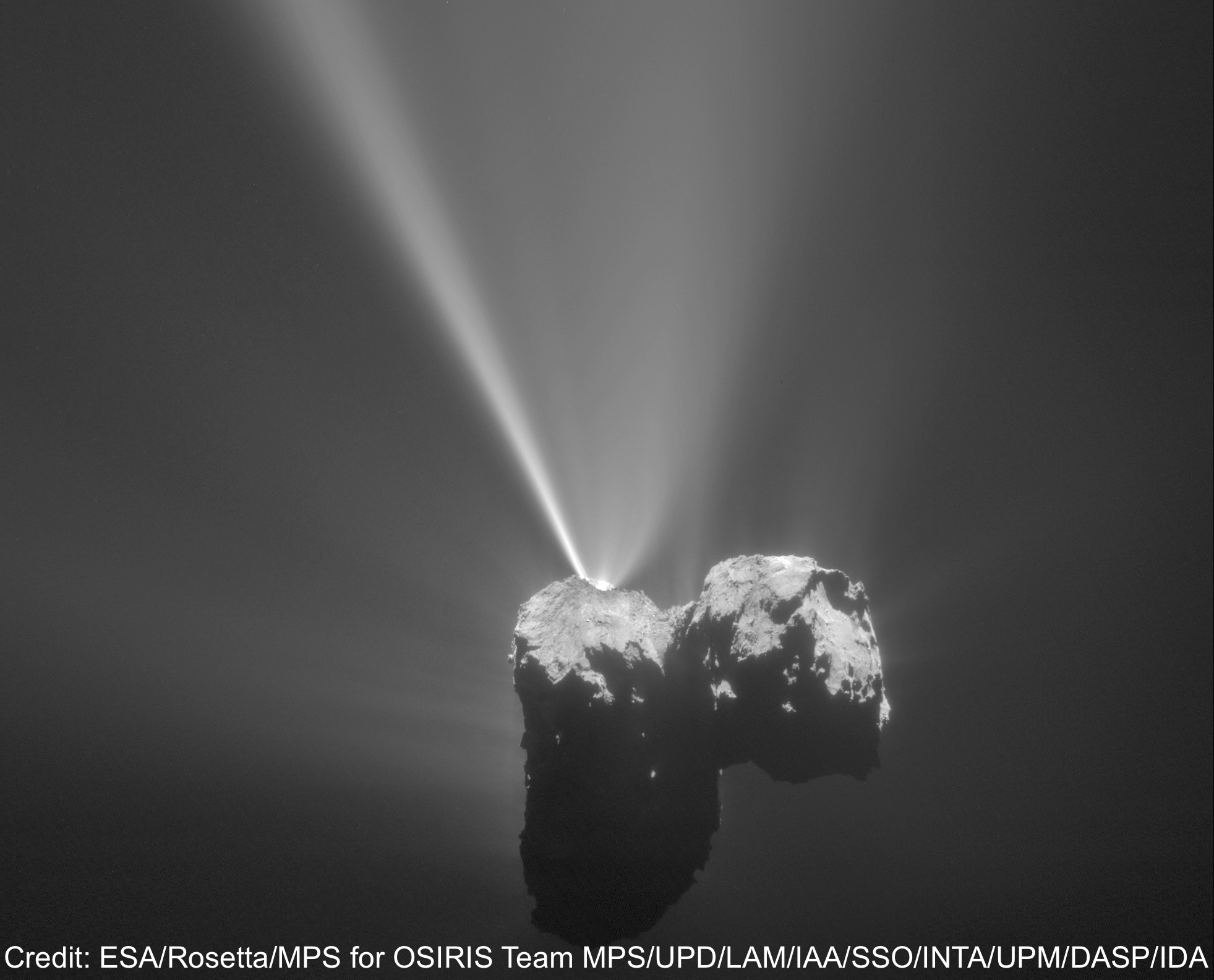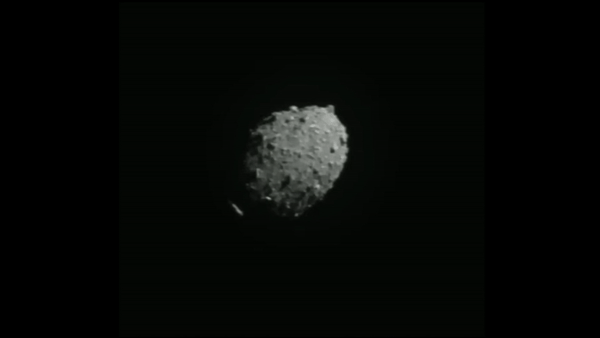 |
||||
| Home | Research | Group | Teaching | CV |
Colin Snodgrass - research
|
I am an astronomer and planetary scientist, and study the minor bodies of our Solar System via remote observations using telescopes. I am a regular user of (and used to work at) ESO's telescopes in Chile, along with many smaller telescopes around the world. I am part of the Solar System Science Collaboration of the Vera C. Rubin Observatory's LSST, which will be a major source of discoveries in the coming decade. My main area of expertise is in research into comets. I am interested in the properties of their nuclei; their patterns of activity (and the drivers of these), particularly at large distance from the Sun or in low activity populations; and the properties of relatively rare (from an observational point of view) classes of comet: interstellar objects, main belt comets, and near-Sun populations. I am part of various instrumentation projects that will allow us to better observe comets and other small bodies, such as CUBES and GravityCam. My work also includes spacecraft-based exploration of our Solar System. I coordinated the world-wide ground-based observation campaign that supported the Rosetta mission, and was previously part of the Rosetta/OSIRIS camera team. I jointly led (with Geraint Jones at MSSL/UCL) the proposal for the ESA Comet Interceptor mission, which is due to launch in 2029 and will visit a yet-to-be-discovered comet entering the inner Solar System for the first time (read more details here; open access paper). I was also the lead proposer for Castalia, a mission to a main belt comet, which was submitted to the ESA M5 call but ultimately not selected. |

|
|
Aside from comets, I also work on other small body populations: Asteroids and Kuiper Belt objects. I am particularly interested in the rotation properties of these bodies, and how this can reveal fundamental parameters such as their density, and also in their surface compositions. I use a variety of observing techniques in visible and near-infrared wavelength ranges, including photometry, spectroscopy and occultation measurements. I was co-lead on a second M5 mission proposal, CASTAway, which was proposed perform a tour of the main asteroid belt. Asteroids are also of interest as potential hazards to us on Earth, and as future resources for mining as we explore the Solar System, and I am involved with projects to study them for these reasons. I am part of the teams working on the ESA Hera and NASA DART missions, which successfully tested the possibility of deflecting a potentially dangerous asteroid, and I am part of the EU funded NEOROCKS programme to study Near Earth asteroids in more detail. Read more about our observations of the DART impact, including taking over the ESO VLT and setting up a new observatory in Kenya, as part of the DART-OPTiK project. I also have an interest in extrasolar planets, especially through the microlensing method. |

|
| |
|
My research is funded through a variety of sources, in particular the UK Science and Technology Facilities Council, the UK Space Agency, and the European Union. Europlanet 2024 RI and NEOROCKS have received funding from the European Union’s Horizon 2020 research and innovation programme under grant agreements No 871149 and No 870403. Both supported my DART-OPTiK project, and Europlanet also supports a range of planetary observations using its network of small and medium sized telescopes.
|
|


